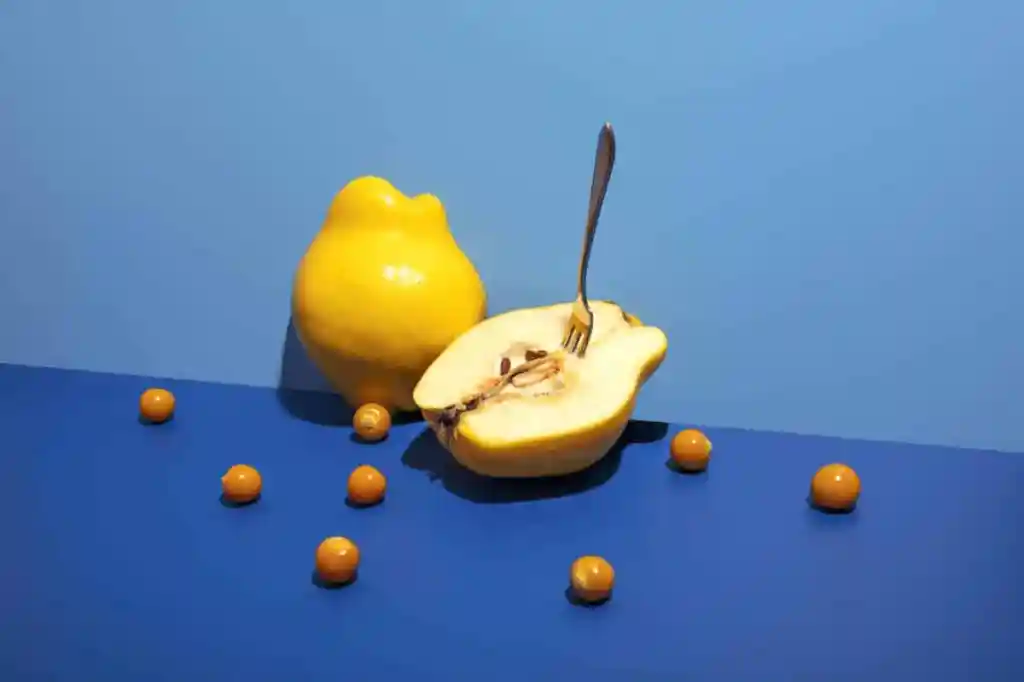Can dogs eat quince fruit? In general, not everyone enjoys quince fruit, so your dog may not either. However, if it’s something you’re thinking about trying with your dog, you probably have this question: is quince fruit safe for my dog to eat?
The short answer is yes, quince fruit is safe for dogs to eat with proper preparation. However, the fruit does contain a compound that, while not toxic, can cause stomach upset in some dogs.
If this is a fruit you’re considering, you must have a discussion with your veterinarian and test a very small amount with your dog before committing it to their diet. Here is what you should know about how quince fruit can be a nutritious treat for dogs, but with caution.
How Is Quince Fruit Good For Dogs?
Quince fruit isn’t for everyone. It has a pungently citrus aroma, a gritty texture — more so than pears, and the flavor combination of apple mixed with citrus is sometimes off-putting.
But no one can argue that it isn’t nutritious, for both humans and dogs.
This fruit is packed with potassium, iron, copper, vitamin C, A, pantothenic acid, thiamine, selenium, niacin, calcium, potassium, and the antioxidants rutin and caffeoylquinic acid.
Furthermore, it’s rich in dietary fiber and tannins. But that being said, tannins sometimes have a negative effect on dogs.
Nutrition aside, dogs sometimes take to citrus fruits, and sometimes they turn their noses up at them. More than anything, though, it’s the strong aroma of the quince that they may not care for.
There is a bit of a workaround, however. There are healthy extracts that diffuse the tannins, which can be baked into homemade or store-bought dog treats. This may be a good option so your dog doesn’t miss out on the health benefits.
How Can I Safely Give Quince Fruit To My Dog?

For quince fruit to be safe for your dog to consume, it must be properly prepared. Under no circumstance should a dog be left to gnaw on this fruit on its own.
First off, the skin is very difficult for dogs to digest and must be removed. Second, the seeds inside contain cyanide, as do the leaves and stems of the fruit, which is very toxic for dogs. Finally, the tannins, while beneficial, can cause severe stomach upset and allergic reactions.
If you’ve tried pomegranate with your dog, and they didn’t take well to that, then your dog likely has a sensitivity to tannins. You should discuss this with your veterinarian, as they can shed further light on how your dog may be reacting to volatile tannins.
To test out quince fruit with your dog, make sure to free the flesh from the shell and its seeds. Then, cut the flesh into a few small bits. If your dog has a sensitivity to tannins, they will have stomach upset within a few hours.









